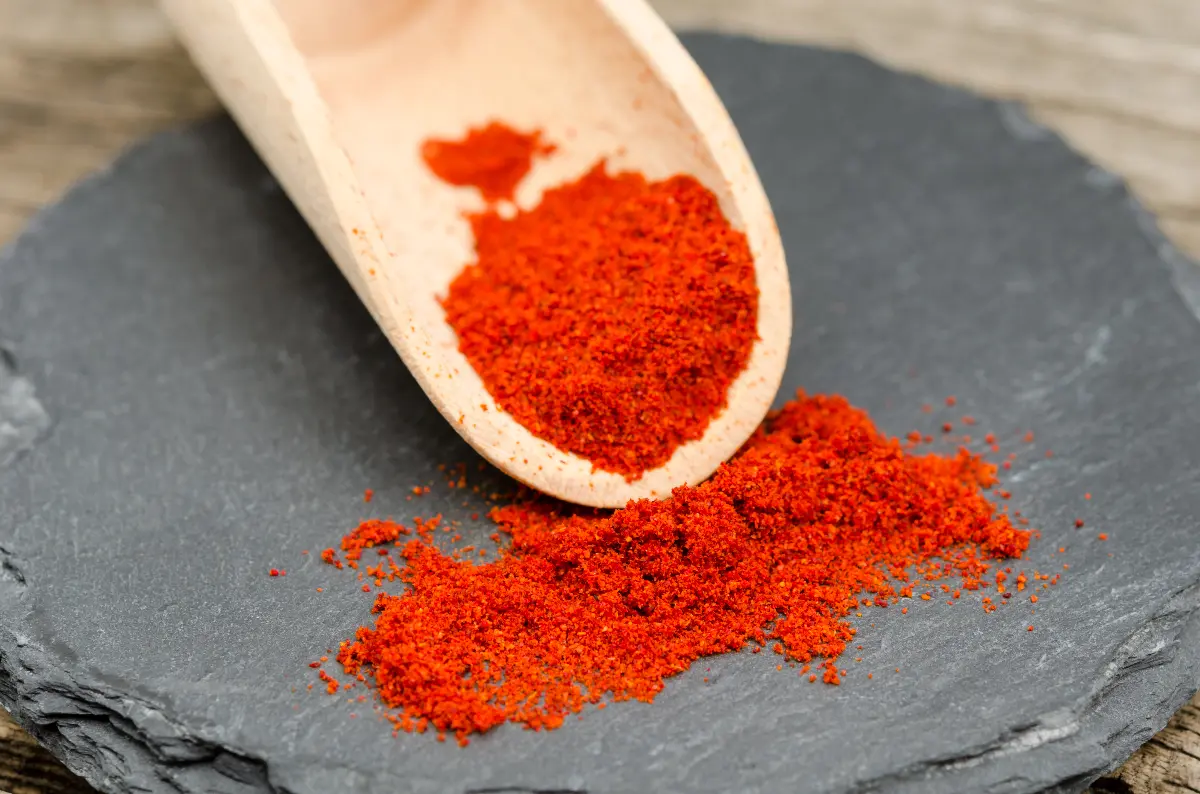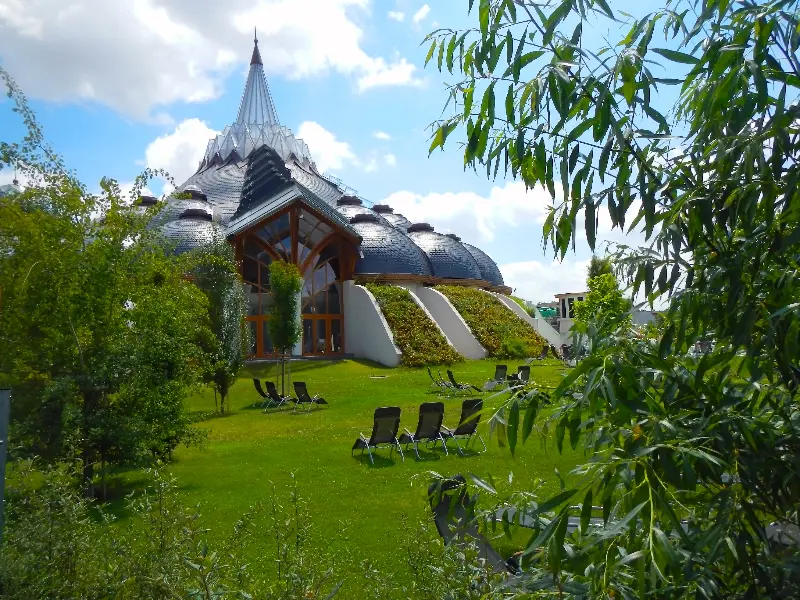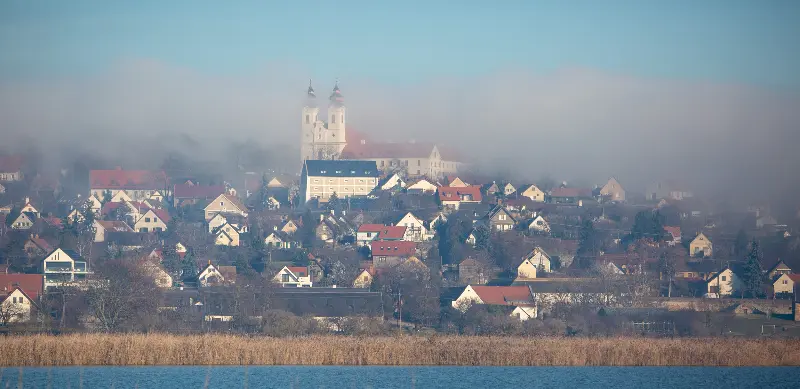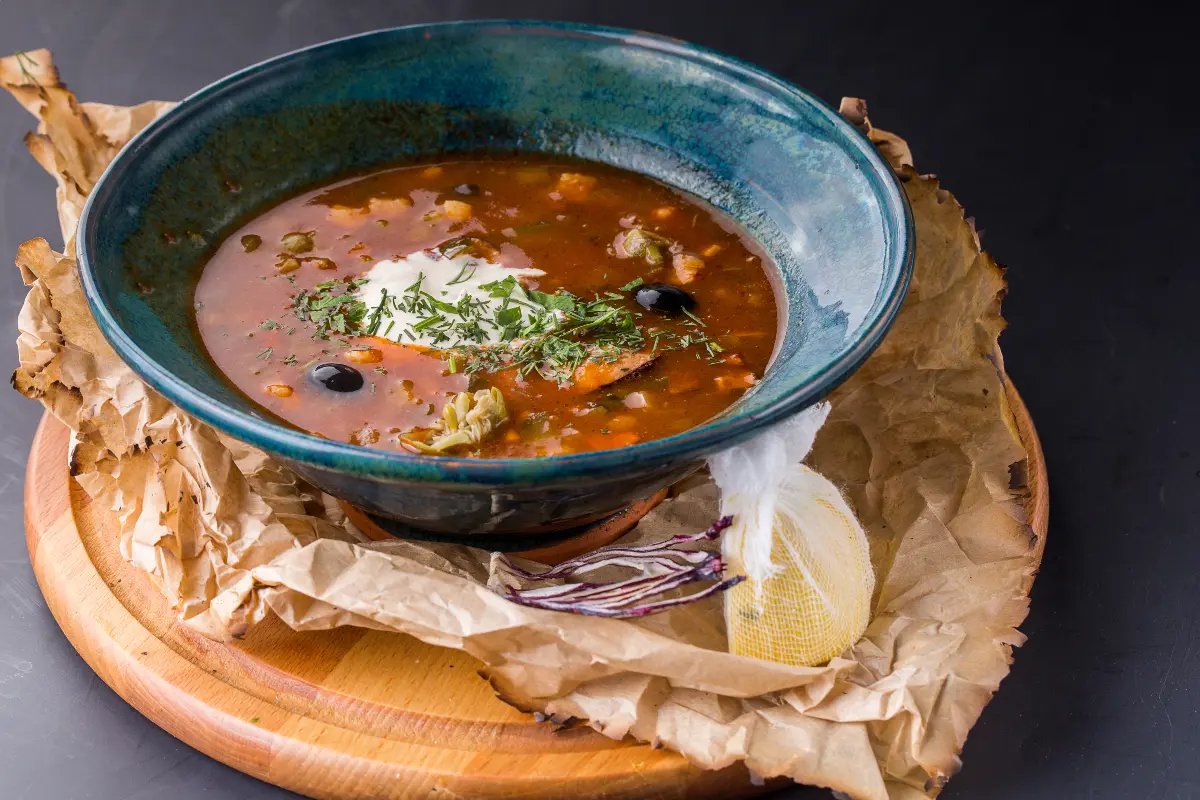
Helyszín címkék:
We have eaten the country Typical Hungarian dishes from Vas to Csongrád County
Mészégető Marcsi
What everyone wants to own: the “dödölle”
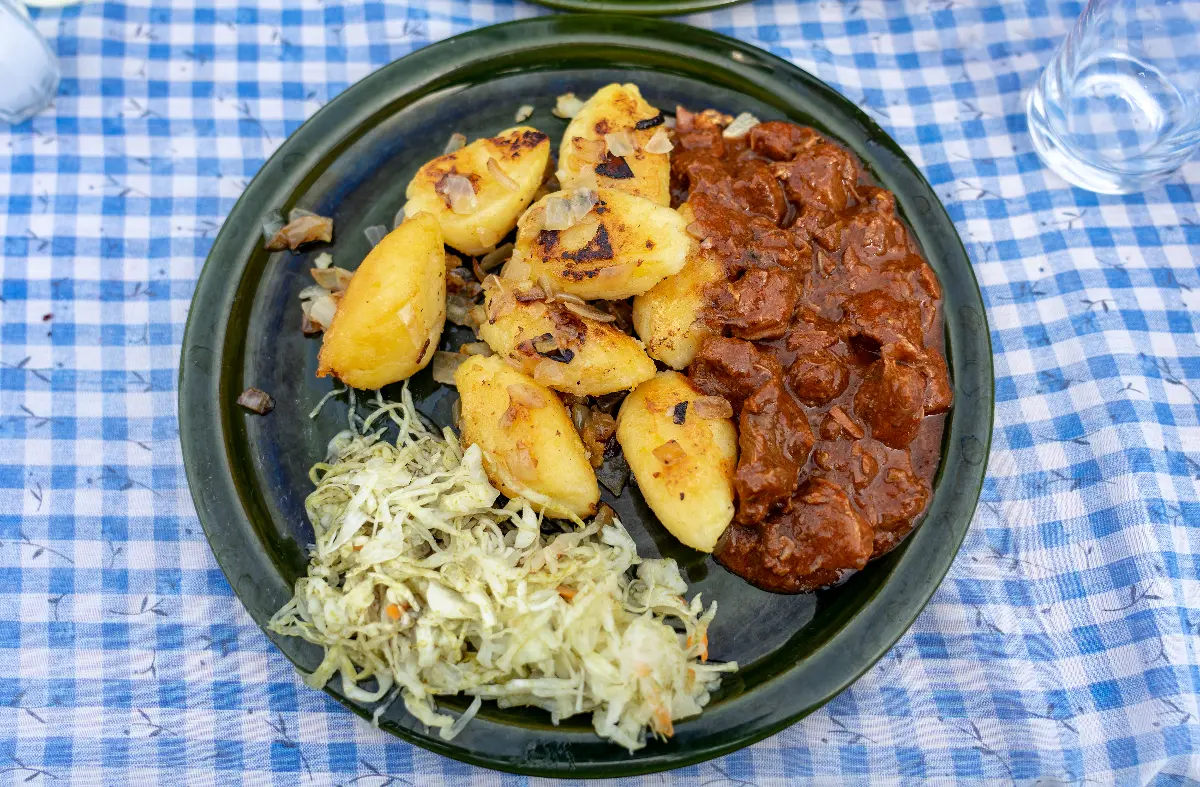
From Zala or Vas County? “Dödölle” is a dish that both counties would like to have a little bit of, so you can be sure that the people of Zala and Vas are convinced that “dödölle” is a culinary speciality of their region. The truth is that food similar to “dödölle” is and has been made and prepared all over the country, with slight variations. The now popular Göcsej “dödölle” is made from potato, flour and onion. Peel the old potatoes (because of their high starch content they are the only ones that make a good “dödölle”), boil them and mash them in their fluid. Add as much flour as it absorbs, then tear into tablespoon-sized pieces, fry in fat and serve with onion and sour cream. Every year at the Nagykanizsa Dödölle Festival, local amateur and professional chefs compete to see who can make the best “dödölle”.
Cheap yet overwhelming: Swabian dumplings
Cost-efficiency was probably invented by the Swabians, and their cuisine reflects this approach. Their simple dishes are based on German peasant dishes and ingredients: potatoes, cabbage, flour and smoked meat are found in almost all Swabian dishes. The Swabian dumplings, also known as “héveknédli”, is actually a type of bread, usually eaten with soups, especially bean soup. Made with flour, oil, yeast, semolina and some pumpkin seeds to taste, the bread is airy, very tasty and very filling.
The most famous dish of the Tisza: Szeged fish soup

When it comes to fish soup, one thing is certain: every family has its own tried and tested recipe that they swear by. But nationally there are two types of this dish, which is usually served at Christmas. There are significant differences between fish soup from Baja and Szeged, also known as Danube and Tisza fish soup. In Szegedi, for example, there is no pasta, but the most important thing is that it is made with stock: the smaller fish, the head and other parts of the fish are passed through a sieve to make a thick soup, then the fish meat is added and cooked. Legend has it that it should be the colour of the “blood of the angriest bull”. Well, if you have seen relatively few angry bulls bleeding, a good guide might be to put a lot of red pepper in the soup, when the juice is fiery red, it is at its finest.
A true Hungaricum: lamb goulash from Karcag

It is not the place where the goulash is made, but the way it is made that distinguishes the Karcag lamb goulash from other goulash varieties of the Great Hungarian Plain. For this lamb goulash, you need a large pot, as all parts of the animal are cooked together. This hearty dish, made with ground pepper, fat, onion and salt, can only be called “Karcag” if the lamb's offal and even its head are included in the goulash. It may seem bizarre at first, but the real gourmets are crazy about these parts. The Karcag lamb goulash is a real community dish, as a 25-kilo sheep can make 50-55 portions. Of course, there is also a celebration of this unusual ragout, and you can taste it at the “Karcagi Birkafőző Fesztiválon” (Karcag Lamb Cooking Festival) in the capital of the Great Cumania.
Filled with fillings that remind you of home: the “flódni”
How did the once flat, salty stuffed dough, the former “fladen”, become the “flódni” we know today? There are countless stories of this dessert, which is reminiscent of a “zserbó” chocolate cake, but the “flódni”, which is well known in Hungary, is a real curiosity. While every country has its own interpretation of this delicacy, none is as sophisticated as the one available here in Hungary. What makes the “flódni” so irresistible is that it is hearty, rustic and has the warmth of home. It is also a dairy-free dessert, as Jewish tradition forbids the consumption of dairy food after a meat dish. Although it is thought to be based on an ancient recipe, the version we know today is actually an innovation of 19th century Hungarian urban Jewish community. Women first baked this pastry, consisting of 3 layers of dough and 4 fillings, on a Jewish holiday, Purim, and then it was also used on other holidays. Anyone who would like to bake it should know that the “flódni” takes several days to make, as all the fillings, the nut, poppy seed, plum jam and apple have to be prepared separately, not to mention the fact that the pastry layers have to be chilled and rested. Hungary has already written itself into the history books of the “flódni”, as confectioner Ráchel Raj has baked the world's largest “flódni”, setting an official world record.

